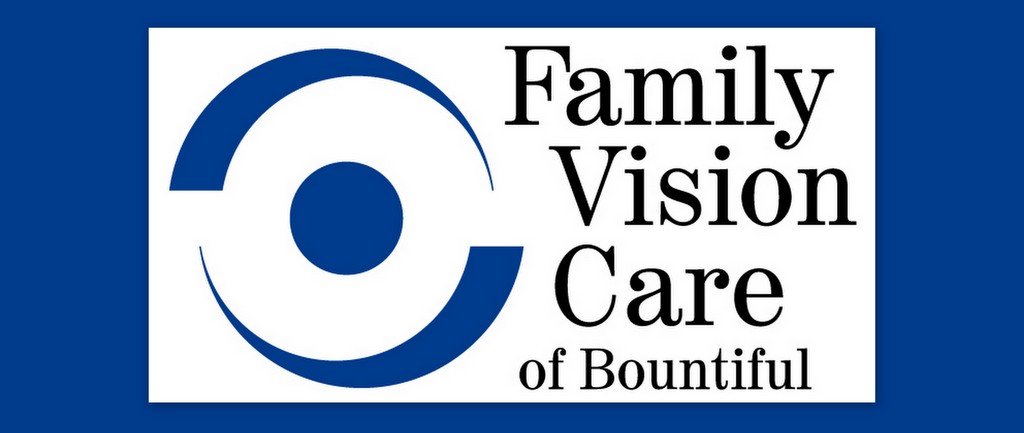Experimental Contacts May Ease Pain After Laser Eye Surgery
Study Suggests That Lenses Laced With Pain Meds Could One Day Replace Regular Eye Drops
Reviewed by
Laura J. Martin, MD
The contact lenses rely on nanotechnology to slow the delivery of anesthetic medications.
Researchers say that if the technique works, it could eliminate the need for patients to repeatedly apply numbing eye drops after their photorefractive keratectomy (PRK) procedures.
“This would represent a version of time-release which would reduce the number of drops that a patient would need,” says Robert F. Steinert, MD, an eye surgeon who is professor and chair of the department of ophthalmology at the University of California at Irvine.
Steinert, who is also a spokesman for the American Society of Cataract and Refractive Surgery, reviewed a study of the new technology but was not involved in the research.
“I think it would add convenience, but it probably isn’t a game changer,” he says, noting that most patients are currently able to control their pain after PRK by using eye drops every couple of hours for the first three days or so, and they already have to wear bandage contact lenses while their eyes heal.
Could Better Pain Relief Give PRK an Edge Over Lasik?
In PRK, surgeons remove the surface of the cornea and reshape the deeper layers underneath. The outer layer eventually grows back.That’s a bit different than Lasik, where doctors make a flap out of the outer layers of the cornea and use a laser to reshape the tissue underneath. The flap is then replaced. But it can be dislodged or dislocated if the eye is injured.
For that reason, PRK is considered to be more stable than Lasik. And it may be the only option for people who have thin corneas, dry eyes, or a condition called anterior basement membrane dystrophy. It also tends to be the preferred method for athletes and people in the military, who may be more likely to take a blow to the head.
But PRK has some drawbacks, too. Notably, it causes more pain and requires a longer healing time.
For those reasons, more people currently opt for Lasik over PRK.
But researchers say that could change if the new contacts make recovery more bearable and convenient.
“There are two big benefits,” says researcher Anuj Chauhan, PhD, a chemical engineer at the University of Florida in Gainesville. “Patients don’t have to remember to use the eye drops, so it increases compliance. And secondly, you don’t have to use as much of the drug because most of the drug is going directly into the cornea.”
Delivering Drugs Through Contact Lenses
For his experiment, Chauhan soaked water-permeable contact lenses in a solution that contained the anesthetic drug lidocaine.In some batches, the contacts were soaked in the drug alone, and in others, the lenses were also soaked in solutions that contained various concentrations of vitamin E.
The lenses absorbed the drug and the nanoparticles of vitamin E, but they stayed clear, suggesting that the added ingredients wouldn’t interfere with vision.
The modified lenses were then blotted and dried and then placed back into a saline solution to test how long it might take them to release their medication.
Those that contained lidocaine alone released 90% of the drug within about two hours, meaning that they lasted about as long as conventional eye drops.
But the lenses that also contained nanoparticles of vitamin E lasted much longer, releasing nearly all their medication within six to 11 hours.
Chauhan explains that the vitamin E, which doesn’t dissolve in water, creates physical barriers in the lens that slow the delivery of the drug.
“The drug molecules have to weave around these vitamin E barriers,” he says. “Vitamin E essentially acts as bricks inside a contact lens to slow down the drug release.”
Chauhan and his team are currently testing the technology in animals. If all goes well, he says they hope to have the lenses on the market in about eight years.
The study was published in the American Chemical Society journal Langmuir.


